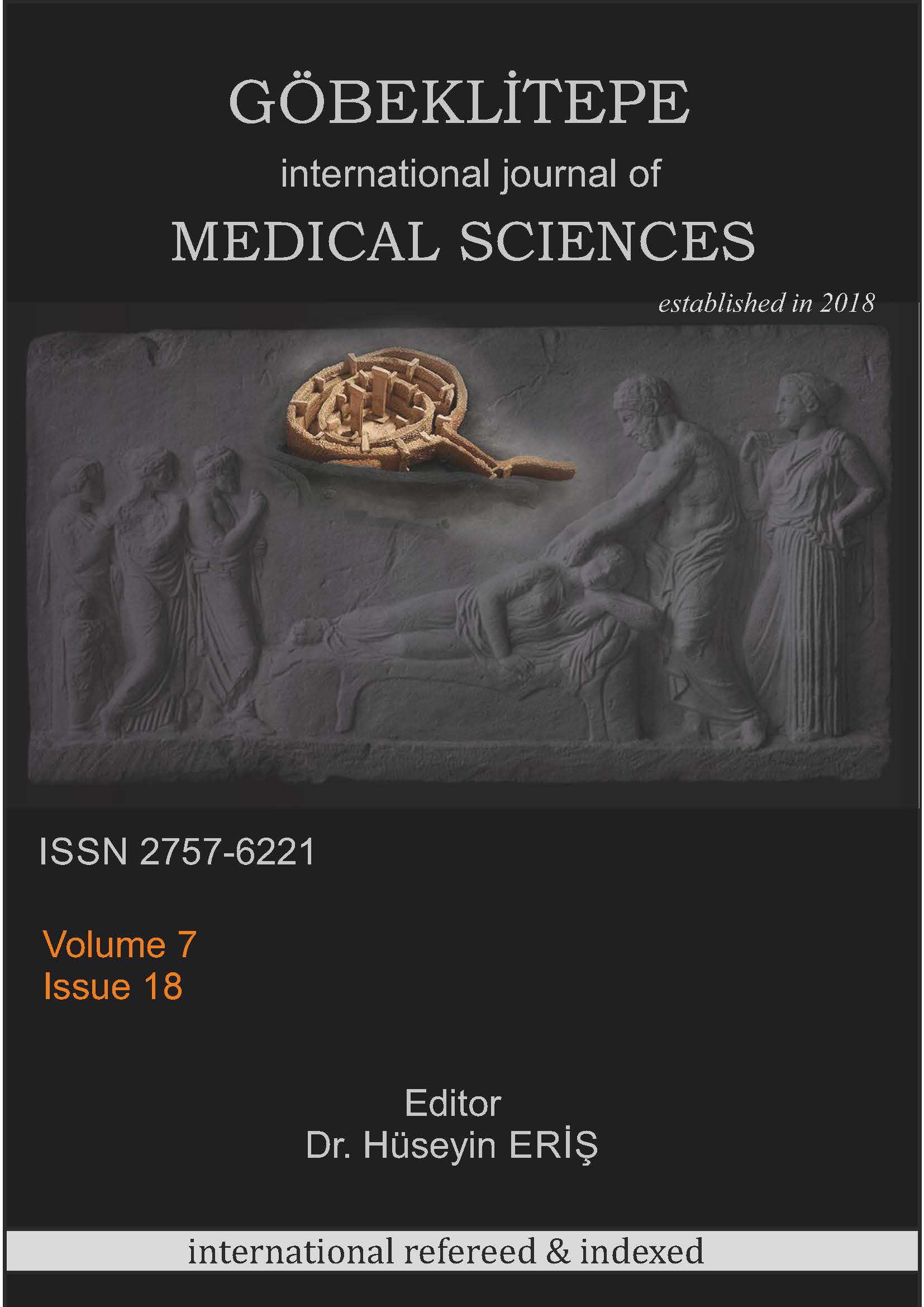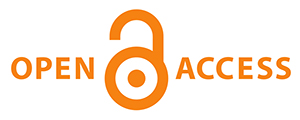THE EFFECT OF PHYSICAL ACTIVITY ENHANCING COUNSELLING SERVICE ON STUDENTS’ PHYSICAL ACTIVITY LEVELS AND QUALITY OF LIFE: A UNIVERSITY CASE
Students' Physical Activity Levels and Quality of Life
Keywords:
Level of Physical Activity, Counseling Service, Quality of Life, University StudentAbstract
The purpose of this study was to ascertain the impact of providing students with counselling services that increase physical activity on their levels of physical activity and overall quality of life. The study involved 29 students from a university in Turkiye. The students' levels of physical activity and overall quality of life were assessed. Following a four-week period of physical activity-enhancing counselling services, the same assessments were conducted, along with an evaluation of the program's results. All participant quality of life measures and physical activity levels increased in a statistically significant way (p<0.05). The main reasons why the individuals' levels of physical activity were restricted were fear of injury, lack of time, and other priorities. Nonetheless, the participants' level of physical activity and quality of life improved following the 4-week Physical Activity Enhancing Counselling Service. The students studying in the nursing department experienced a greater increase in physical activity following the counselling service than the students studying in the health management department. Reevaluating the same participants in the next years will allow one to assess the counselling service's long-term effects.
References
Elmas L., Yüceant M., Ünlü H., Bahadır Z.(2021).Üniversite Öğrencilerinin Fiziksel Aktivite Düzeyleri ile Psikolojik İyi Oluş Durumları Arasındaki İlişkinin İncelenmesi.Sportive,4(1);1-17
World Health Organization. (2016). Physical activity strategy for the WHO European Region (Issue 119). World Health Organization.
Hegde, B. M. (2018). Health benefits of exercise. Kuwait Medical Journal, 50(2); 143–145. https://doi.org/10.1249/01.mss.0000477455.85942.2f
Pescatello, L. S., MacDonald, H. V., Lamberti, L., & Johnson, B. T. (2015). Exercise for hypertension: A prescription update integrating existing recommendations with emerging research. Current Hypertension Reports, 17(11), 87. https://doi.org/10.1007/s11906-015-0600-y
Ha, A. S., Ng, J. Y. Y., Lonsdale, C., Lubans, D. R., & Ng, F. F. (2019). Promoting physical activity in children through family-based intervention: Protocol of the “Active 1 + FUN” randomized controlled trial. BMC Public Health, 19(1), 218. https://doi.org/10.1186/s12889-019-6537-3
Cengiz, Ş. Ş., & Delen, B. (2019). Gençlerde fiziksel aktivite düzeyi. Uluslararası Güncel Eğitim Araştırmaları Dergisi, 5(2), 110–122.
Ölçücü, B., Vatansever, Ş., Özcan, G., Çelik, A., & Paktaş, Y. (2015). Üniversite öğrencilerinde fiziksel aktivite düzeyi ile depresyon ve anksiyete ilişkisi. Uluslararası Türk Eğitim Bilimleri Dergisi, 4, 294–303. https://dergipark.org.tr/en/pub/goputeb/issue/34518/381844
Sarıkaya, M., Polat, M., Seydel, G. Ş., & Eryılmaz, S. G. K. (2018). Yaşlı bireylerde fiziksel aktivite düzeyinin yaşam kalitesi üzerine etkisinin incelenmesi. Beden Eğitimi ve Spor Bilimleri Dergisi, 12(2), 81–89. https://dergipark.org.tr/tr/pub/bsd/issue/53467/711631
Tural, E. (2020). COVID-19 pandemi dönemi ev karantinasında fiziksel aktivite düzeyinin yaşam kalitesine etkisi. Van Sağlık Bilimleri Dergisi, COVID-19 Özel Sayı, 10–18. https://dergipark.org.tr/tr/pub/vansaglik/issue/56982/738909
Yazıcıoğlu, Y., & Erdoğan, S. (2014). SPSS uygulamalı bilimsel araştırma yöntemleri. Retrieved March 14, 2023, from https://www.nadirkitap.com/spss-uygulamali-bilimsel-arastirma-yontemleri-.html
Craig, C. L., Marshall, A. L., Sjöström, M., et al. (2003). International physical activity questionnaire: 12-country reliability and validity. Medicine and Science in Sports and Exercise, 35(8), 1381–1395. https://doi.org/10.1249/01.MSS.0000078924.61453.FB
Öztürk, M. (2005). Üniversitede eğitim-öğretim gören öğrencilerde uluslararası fiziksel aktivite anketinin geçerliliği ve güvenirliği ve fiziksel aktivite düzeylerinin belirlenmesi [Yayımlanmamış yüksek lisans tezi]. Hacettepe Üniversitesi.
Koçyiğit, H., Aydemir, Ö., Ölmez, N., & Memiş, A. (1999). Kısa Form-36 (KF-36)’nın Türkçe versiyonunun güvenilirliği ve geçerliliği. İlaç ve Tedavi Dergisi, 12, 102–106.
Ware, J. E., Jr. (2000). SF-36 health survey update. Spine (Phila Pa 1976), 25(24), 3130–3139. https://doi.org/10.1097/00007632-200012150-00008
Cobos-Rincón, I., Santolalla-Arnedo, I., Juárez-Vela, R., & Adam Jerue, B. (2022). Predictors of the quality of life of university students: A cross-sectional study. International Journal of Environmental Research and Public Health, 19(19), 12043. https://doi.org/10.3390/ijerph191912043
Barone Gibbs, B., Conroy, M., Huber, K., et al. (2021). Effect of reducing sedentary behavior on blood pressure (RESET BP): Rationale, design, and methods. Contemporary Clinical Trials. https://doi.org/10.1016/j.cct.2021.106428
Selçuk-Tosun, A., & Zincir, H. (2019). The effect of a transtheoretical model-based motivational interview on self-efficacy, metabolic control, and health behavior in adults with type 2 diabetes mellitus: A randomized controlled trial. International Journal of Nursing Practice, 25(4). https://doi.org/10.1111/ijn.12742
Tuvemo Johnson, S., Anens, E., Johansson, A., & Hellström, K. (2021). The Otago exercise program with or without motivational interviewing for community-dwelling older adults: A 12-month follow-up of a randomized, controlled trial. Journal of Applied Gerontology, 40(3), 289–299. https://doi.org/10.1177/0733464820902652
Can, H. B., Örs, F. B., & Keklicek, H. (2022). Comparison of factors restricting participation in leisure-time physical activities in university students according to gender and regular physical activity habit. JETR, 9(1), 59–67.
Fishleder, S., Petrescu-Prahova, M., Harris, J., et al. (2018). Bridging the gap after physical therapy: Clinical–community linkages with older adult physical activity programs. Innovation in Aging, 2(1). https://doi.org/10.1093/geroni/igy006
John, O., Moriah, B., Kathleen, W., et al. (2018). Primary care providers’ physical activity counseling and referral practices and barriers for cardiovascular disease prevention. Preventive Medicine, 108, 115–122.
World Health Organization. (2018). Global action plan on physical activity 2018–2030: More active people for a healthier world. World Health Organization.
Wattanapisit, A., & Wongsiri, S. (2021). Overview of physical activity counseling in primary care. Korean Journal of Family Medicine, 42(4), 260–268. https://doi.org/10.4082/kjfm.19.0113
Downloads
Published
Versions
- 2024-12-29 (2)
- 2024-12-27 (1)
How to Cite
Issue
Section
License
Copyright (c) 2024 Göbeklitepe Sağlık Bilimleri Dergisi

This work is licensed under a Creative Commons Attribution 4.0 International License.




